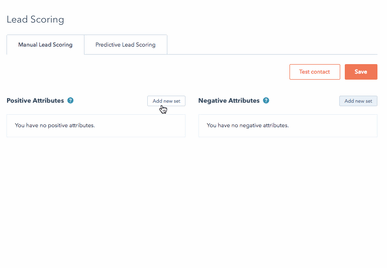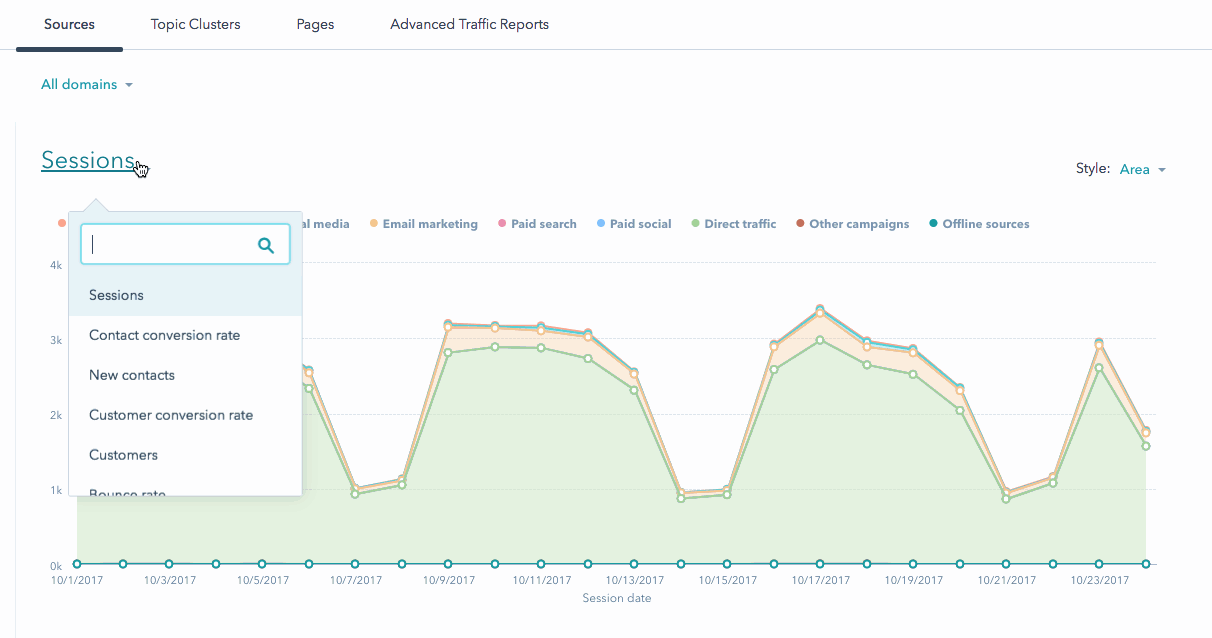How to Improve Lead Quality & Attract The Projects You Want
Is there such a thing as a bad lead? While there are different types of leads, finding the ones that are a good fit for your product is key to closing deals. MarketingSherpa states, “61% send all leads directly to Sales; however, only 27% of those leads will be qualified.” Generating a higher number of qualified leads that can close quickly will give your Sales team more time to nurture less-qualified leads and leads at the top of the funnel.

How do companies measure lead quality while nurturing as many leads as possible to create more sales opportunities to drive more revenue? What does an organization need to do to in order to maximize their leads? We break down those answers through these four steps:
- Lead Qualification
- Lead Scoring
- Lead Nurturing
- Lead Management
Defining Lead Quality
Leads drive your business, allowing for growth and revenue. The definition of a qualified lead differs from company to company, not because it’s hard to define but because the sales cycle is different across a variety of industries. A standard to definition of a qualified lead is a potential buyer who shows interest in buying a product and influences the purchasing decision.
According to Monster Insights lead quality is the “factor that allows you to identify how likely your prospects are to become your paying customers. The higher the quality of your leads, the more likely they become your customers.”
Every business wants qualified leads that are engaged, active, and who are likely to turn into paying customers. Each organization’s categorization of leads is going to be unique to them. A few methods for companies to categorize include:
- Utilizing a lead magnet like Optinmonster, or HubSpot Lead Flows, as part of your marketing and sales funnel.
- Engaging prospects who wish to contact sales reps to ask about pre-sale questions - this can be done using a chatbot function on a website.
- Identifying leads who browse multiple website pages.
Those are a few ways for businesses to help categorize their leads, but how can you easily identify a qualified lead? Consider these indicators that mark someone who is ready to buy:
- Someone who has visited multiple pages on your website
- Someone who has viewed the pricing page
- Someone who requested a consultation with sales
- Someone who has abandoned their cart
Any of these factors might indicate a qualified lead, but each company should determine their own indicators based on their unique sales process. While highly engaged leads are more likely to become customers in the short-term, it’s important to continue to pursue leads with lower engagement. Ensuring that leads progress from a Marketing Qualified Lead (MQL) to a Sales Qualified Lead (SQL) is key to increasing revenue. Continue to nurture leads that are less qualified, because with the proper engagement, they may fill your pipeline.
How to Rank Qualified Leads
Ranking your qualified leads prioritizes and organizes leads into sections of the sales process. This is done through lead buckets, lead mapping, or lead scoring.
 Lead Buckets: Mark every lead as hot, warm, or cold.
Lead Buckets: Mark every lead as hot, warm, or cold.
Lead Mapping: Mark every lead through the steps of the sales process.
Lead Scoring: Mark every lead with a numerical number.
We recommend lead scoring, as this methodology can utilize both sales and marketing tactics to determine the sales-readiness of a lead or prospect. Scoring attributes points to the lead based on their activities indicating a level of interest and where they are at on the buyer’s journey. This helps to fast-track sales and strengthen revenue by driving more ROI, once Sales and Marketing are aligned.
While some business may choose the lead scoring route, it’s not for everyone. Determining whether leads are ready to buy or not is unique to each company, but it is crucial to spend some time ranking your leads in order to increase your profitability. Salesforce notes, companies with lead scoring have seen their ROI increase 138% over those who don’t. With all evidence pointing to the importance of ranking leads, it’s imperative that you choose a methodology and stick to it.
For more information on scoring qualified leads, take a look at why you should care about lead scoring.
Nurturing Leads
Nurturing your leads is one of the best ways for your company to produce highly qualified leads. While not everyone who visits your site will end up buying right away, having steps in place to nurture your prospects along their buying journey is crucial to turning low quality leads into leads that are ready to buy.
Neil Patel published an infographic that states, 79% of marketing leads don’t convert due to lack of lead nurturing.
According to the Demand Gen Report, nurturing your leads, on average, will produce 20% increase in sales over those who choose not to nurture. There is clearly real ROI that can happen when you nurture your leads properly.
One of the key takeaways from Patel’s infographic: “all leads are not the same, but all leads need to be nurtured.”
Tracking the Source of Quality Leads
While you are measuring the quality of your leads, make sure that you are noting the source of your leads. In order to improve your lead quality, you’ll need to collect data on your lead’s activity and optimized based on the information you’ve collected.
First, determine how your leads found you:
By digging into HubSpot’s Analytics Tools, you can drill down on how your contacts are getting to your website. The sources to consider looking at include: organic search, direct traffic, social media, email marketing, referrals, and any other campaigns you have running.

When looking at these sources, you’re able to make data-driven decisions and adjust your marketing strategy to increase opportunities for conversion.
Benefits to Lead Qualification
There are many benefits when it comes to qualifying leads. The first being that your Sales department acquires leads faster. The second, improves your marketing strategies through a hyper focus on characteristics that leads have you’ll be able to see exactly how your teams need to operate to close more deals. Thirdly, qualifying leads aligns your Sales and Marketing departments to create better communication of discussed lead types. When there is a common language that is defined you’ll find a more cohesive unit developing within these two departments. Finally, it’s proven that you will gain more revenue with lead quality.
The above strategies will help produce marketing qualified leads. Exposure to brand will help leads throughout their process of buying. You’ll be able to see when a potential solution is an ideal fit for a prospect and when a salesperson should jump into the conversation. Use your marketing funnel to help nurture, guide, and convert your prospects to those qualified leads that your Sales team desires. At the end of the day it’s all about generating more sales through qualified leads.

